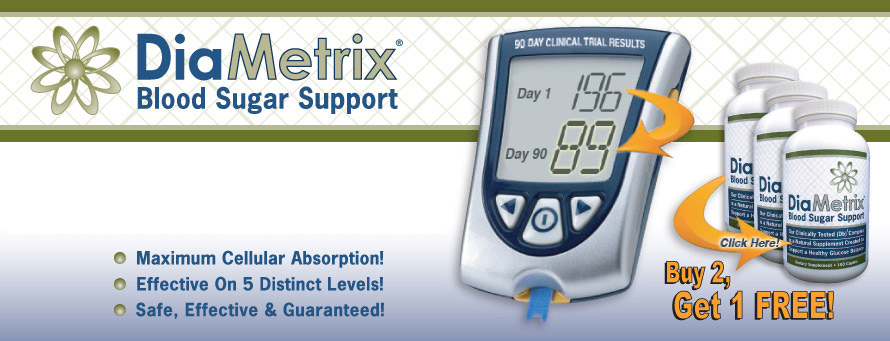Licorice and Diabetes
The Effects of Licorice on Blood Sugar
Scientific Name(s): Glycyrrhiza glabra (L.) Family: Fabaceae (beans)
Common Name(s): Licorice , Spanish licorice , Russian licorice , gan Cao (Chinese), shao-yao-gan-cao-tang , bois doux (French), kanzo (Japanese), lakrids (Danish), lakritzenwurzel (German), licochalcone-A , Glycyrrhizae radix , Glycyrrhizae extractum crudum , Liquiriti radix , Succens liquiritiae
Therapeutic use of licorice dates back to the Roman Empire. The Greek physician Hippocrates and botanist Theophratus extolled its uses, and Roman naturalist Pliny the Elder (23 AD) recommended it as an expectorant and carminative. Licorice also figures prominently in Chinese herbal medicine. It is used in modern medicinals chiefly as a flavoring agent that masks bitter agents, such as quinine, and in cough and cold preparations for its expectorant activity. Most licorice candy in the United States is actually flavored with anise, not licorice. A sample of licorice from 756 AD was analyzed and found to still contain detectable active principles after 1,200 years.
Licorice shows promise but very little research can be found.
Important Research and opinions on Licorice and diabetes.
The metabolic syndrome, including type 2 diabetes, insulin resistance, obesity/abdominal obesity, hypertension and dyslipidemia, is a major public health problem. Peroxisome proliferator-activated receptor- (PPAR-) ligands such as thiazolidinediones are effective against this syndrome. In this study, we showed that nonaqueous fractions of licorice (Glycyrrhiza uralensis Fisher) extracted with ethanol, ethyl acetate and acetone, but not an aqueous extract, had PPAR- ligand-binding activity with a GAL4-PPAR- chimera assay. Some prenylflavonoids including glycycoumarin, glycyrin, dehydroglyasperin C and dehydroglyasperin D, a newly found compound, were identified as active compounds with PPAR- ligand-binding activity in the nonaqueous fraction of licorice. A licorice ethanolic extract contained these four active compounds at a total concentration of 16.7 g/100 g extract. Feeding the licorice ethanolic extract at 0.1–0.3 g/100 g diet [100 to 300 mg/(kg body · d)] for 4 wk decreased (P < 0.05) blood glucose level in younger (6 wk old) and older (13 wk old) diabetic KK-Ay mice and reduced (P < 0.05) weights of intra-abdominal adipose tissues in high fat diet–induced obese C57BL mice. An increase in blood pressure in spontaneously hypertensive rats was suppressed (P < 0.01) by 3 wk of oral administration of the licorice ethanolic extract at 300 mg/(kg body · d). These findings indicate that licorice ethanolic extract is effective in preventing and ameliorating diabetes, ameliorating abdominal obesity and preventing hypertension, and suggest that licorice ethanolic extract would be effective in preventing and/or ameliorating the metabolic syndrome.
Read more at: http://jn.nutrition.org/cgi/content/abstract/133/11/3369
Licorice flavonoids suppress abdominal fat in obese diabetic mice
NewsRX
Licorice flavonoids suppress abdominal fat accumulation and decrease blood glucose level in obese diabetic mice.
According to recent research published in the journal Biological and Pharmaceutical Bulletin, "Licorice, the root of the Glycyrrhiza species, is one of the most frequently employed botanicals in traditional medicines. In this study, we investigated the effects of hydrophobic flavonoids from Glycyrrhiza glabra LINNE on abdominal fat accumulation and blood glucose level in obese diabetic KK-Ay mice. In order to enrich a fraction of hydrophobic flavonoids, licorice flavonoid oil (LFO) was prepared by further extracting...
Japan study
A licorice ethanolic extract with peroxisome proliferator-activated receptor-gamma ligand-binding activity affects diabetes in KK-Ay mice, abdominal obesity in diet-induced obese C57BL mice and hypertension in spontaneously hypertensive rats.
The metabolic syndrome, including type 2 diabetes, insulin resistance, obesity/abdominal obesity, hypertension and dyslipidemia, is a major public health problem. Peroxisome proliferator-activated receptor-gamma (PPAR-gamma) ligands such as thiazolidinediones are effective against this syndrome. In this study, we showed that nonaqueous fractions of licorice (Glycyrrhiza uralensis Fisher) extracted with ethanol, ethyl acetate and acetone, but not an aqueous extract, had PPAR-gamma ligand-binding activity with a GAL4-PPAR-gamma chimera assay. Some prenylflavonoids including glycycoumarin, glycyrin, dehydroglyasperin C and dehydroglyasperin D, a newly found compound, were identified as active compounds with PPAR-gamma ligand-binding activity in the nonaqueous fraction of licorice. A licorice ethanolic extract contained these four active compounds at a total concentration of 16.7 g/100 g extract. Feeding the licorice ethanolic extract at 0.1-0.3 g/100 g diet [approximately 100 to 300 mg/(kg body x d)] for 4 wk decreased (P < 0.05) blood glucose level in younger (6 wk old) and older (13 wk old) diabetic KK-Ay mice and reduced (P < 0.05) weights of intra-abdominal adipose tissues in high fat diet-induced obese C57BL mice. An increase in blood pressure in spontaneously hypertensive rats was suppressed (P < 0.01) by 3 wk of oral administration of the licorice ethanolic extract at 300 mg/(kg body x d). These findings indicate that licorice ethanolic extract is effective in preventing and ameliorating diabetes, ameliorating abdominal obesity and preventing hypertension, and suggest that licorice ethanolic extract would be effective in preventing and/or ameliorating the metabolic syndrome.
Important Natural Ingredients for Diabetes
More Natural Ingredients Shown Effective for Diabetes
|
